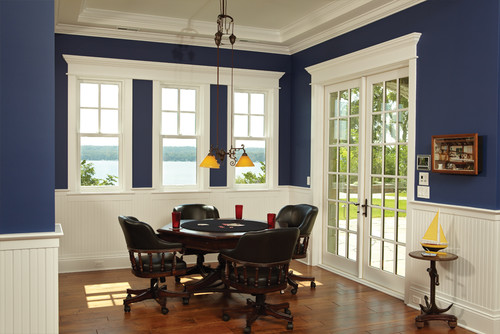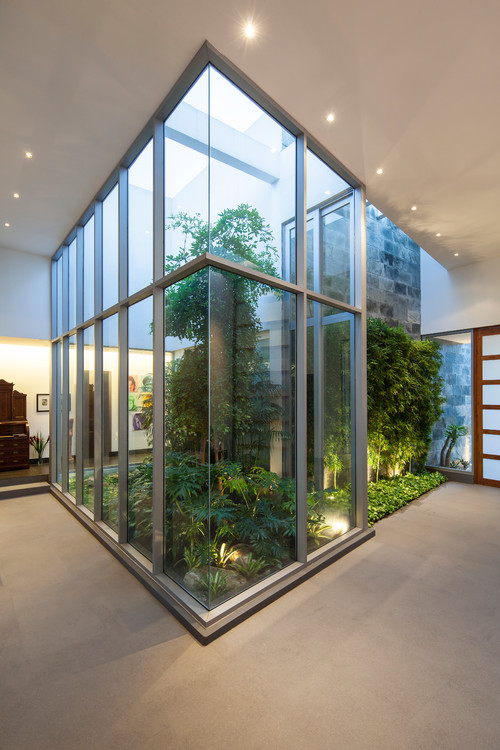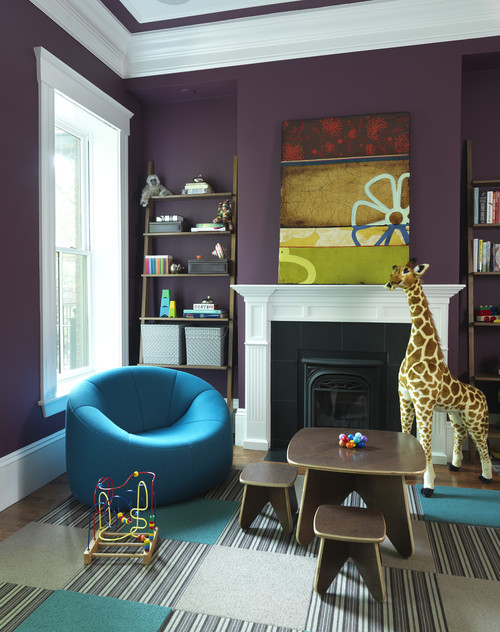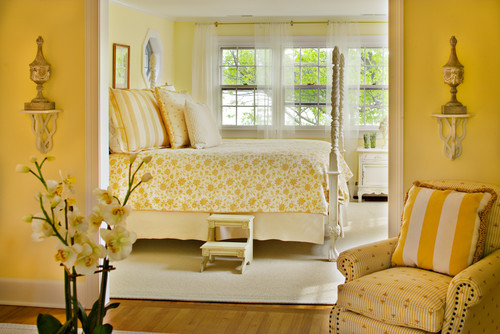2001 was an unforgettable year for me. That was the year that I moved to Israel
and the year that Ikea opened its first Israeli store.
If you think about it, the implication of being a country with an Ikea reaches way beyond whether or not you can find an “Expedit” bookcase or a “Lack” table locally (though if it were
only that, dayenu, it would have been enough). It’s like moving from out of town
into the heart of the city. It’s as if the rest of the commercial world is saying,
“Welcome to the big leagues, Israel. You have arrived.” I know this sounds just a
teensy bit over the top but work with me here.
Contemplate what Ikea has done for our national pride. “Don’t buy that in America, you can get it cheaper in Israel,” said no one, ever! We stuff massive containers full of furniture and other junk that we probably don’t have space for anyway just because “who knows if we’ll be able to find it in Israel.” Well, not anymore! I wouldn’t even be surprised if the numbers of people making aliyah increased because of Ikea. It totally obliterates the “I can’t move to a country where nothing is familiar” excuse. Just go to Rishon or Netanya (store locations),
bring a good pair of ear plugs, and you’ll feel like you’re at Exit 13A on the New
Jersey Turnpike.
As an interior designer, I always appreciate having a resource for my clients
that is inexpensive, stylish, and, for the most part, decent quality. If you’re on a
budget, nothing tops the versatile functionality of Ikea’s furniture.
Here are a few iconic Ikea products that can serve so many different functions:
The Expedit Series: Ingeniously simple, Expedit is a shelving unit made of deep
cubby-like squares that come in a number of sizes: 2 by 2, 2 by 4, 4 by 4, 1 by 5,
and 5 by 5.
Many use the Expedit as a bookcase. (Incidentally, they are a perfect fit for vinal
records.... What’s a vinyl record?) The Expedit doesn’t have a back so, loaded
with coordinated baskets and nick nacks, the 5 by 5 unit makes a great room divider.
Put the 1 by 5 unit on its side, add some fabric and foam, and you have a
bench with storage.
.jpg) |
| source: http://iheartorganizing.blogspot.co.il |
Turn the 2 by 4 unit on its side, attach 4 feet or casters (also
from Ikea), and you’ve created a unique and attractive breakfront.
And, with a little imagination, the 2 by 2 can be a dollhouse.
 |
| source: http://www.101woonideeen.nl |
Grundtal: A storage system based on mounted rails and “s” hooks, it’s often
used for hanging pots. Mount the same system in your entry way and hang book
bags and coats. Install the rail behind your sink to keep your cutting boards from
falling over or mount it inside the kitchen cabinet door and store your pot lids on
the door.
 |
| http://www.apartmenttherapy.com |
Lamplig: A huge cutting board (46 x 53) that fits perfectly over your sink to
provide you the sometimes necessary added counter space.
“An Ikea Hack”
There are entire websites solely devoted to “hacking” Ikea products. My favorite
is a kitchen island created from a 2x2 Expedit unit, coordinated baskets, a
Grundtal towel rack, casters, and a Lamplig cutting board turned “butchers block
countertop.”
 |
| source: http://www.ikeahackers.net |
Simple designs. Endless possibilities. Now all we need is a Target.


.jpg)



























